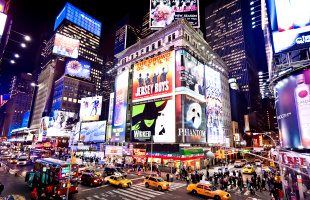Top 15 Most Famous Architects You Need To Know
These well-known builders have left their imprint on the world for millennia. Their distinct styles can be seen in everything from Mies Van der Rohe's ... read more...minimalist design to Antoni Gaud's elaborate works to Frank Gehry's glossy, undulating forms. By reflecting the fashions of the moment, architecture can characterize an era. These are the most well-known architects, whether or not you appreciate their styles. Toplist has compiled a list of top the most famous architects you need to know, hoping to provide some useful information to the readers.
-
The most notable representative of Catalan Modernism was the Spanish architect Antoni Gaud I Cornet. The art of Gaud is particularly distinctive and personal. The majority are in Barcelona, including his most famous creation, the Sagrada Famlia cathedral. This is one of The Most Famous Architects You Need To Know.
Gaud's lifelong interests in architecture, nature, and religion have had an impact on his creative output. He gave careful thought to every aspect of his projects and incorporated carpentry, stained glass, ceramics, and wrought ironwork forging into his architecture. Additionally, he developed fresh methods for handling materials, such as trencads, which made use of leftover ceramic fragments.
Gaud joined the Modernista movement, which peaked in the late 19th and early 20th centuries, under the influence of neo-Gothic art and Oriental techniques. His art went beyond the conventions of conventional Modernisme, resulting in an organic aesthetic influenced by organic shapes. Gaud rarely created precise designs for his creations; instead, he preferred to build three-dimensional scale models of them and add details as he had ideas for them.
The 1883 cathedral known as La Sagrada Familia, which is still under construction today, is the most well-known of Gaud's works. Gaud spent his whole career in Barcelona, where he constructed all of his projects. His elaborate style was a fusion of Baroque, Gothic, Moorish, and Victorian elements that frequently featured ornamental tile work and drew inspiration from natural forms. These influences can be seen in the tree-like columns supporting his church's expansive interior as well as the undulating facade of another of his famous works, the Casa Milla apartment building (inspired by the multi-peaked mountain just outside of Barcelona called Montserrat). Gaud's work would later have a significant influence on later modernist generations.
Date of birth: 6/25/1852
Accomplishments: Sagrada Família in Barcelona
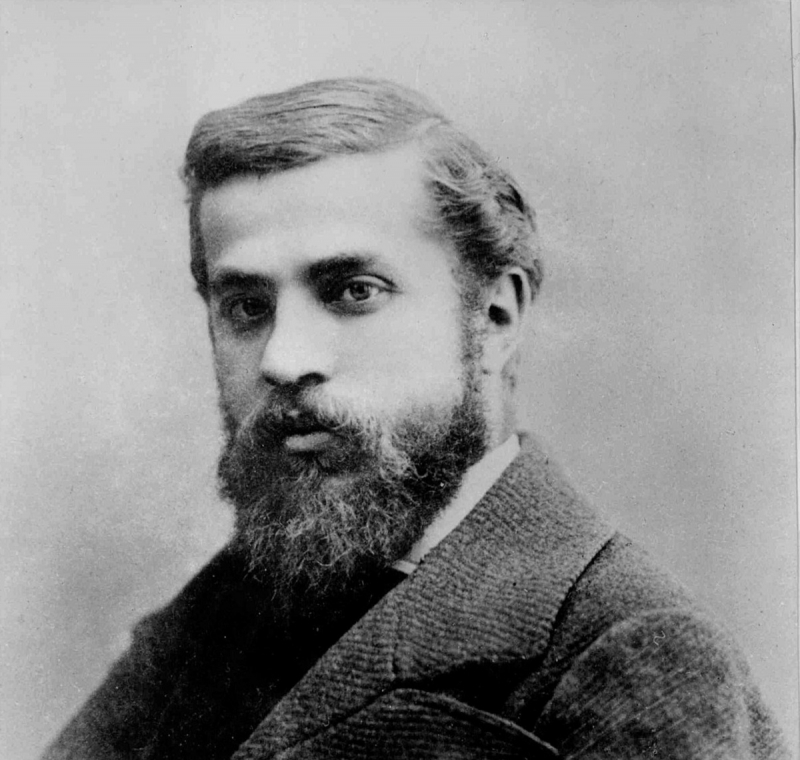
https://kienviet.net/ 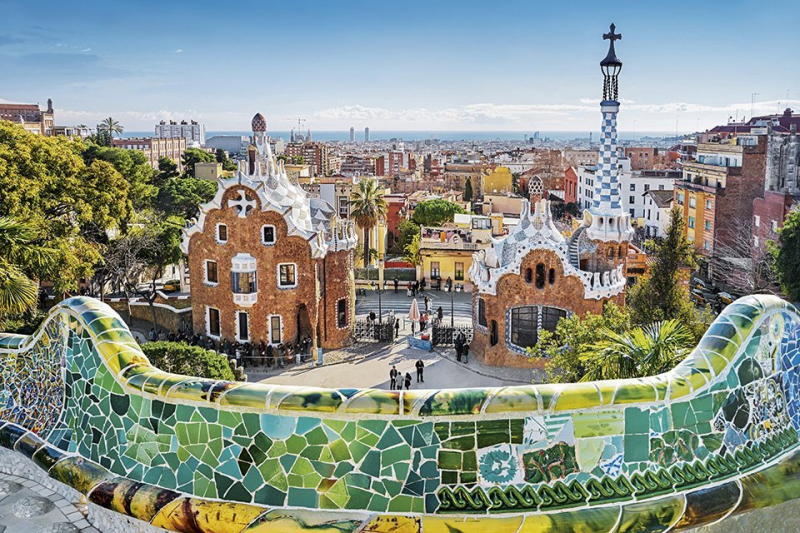
https://mymodernmet.com/ -
Frank Lloyd Wright was an American architect, designer, author, and educator who lived from June 8, 1867, until April 9, 1959. Over the course of his 70-year creative career, he created more than 1,000 structures. Wright was a significant contributor to the twentieth-century architectural trends, inspiring thousands of apprentices through his Taliesin Fellowship and through his works. Wright adhered to an aesthetic he dubbed "organic architecture," which he described as harmonious design with both people and the environment. Fallingwater (1935), dubbed "the best all-time achievement of American architecture," served as an example of this idea.
Wright devised the idea of the Usonian dwelling in Broadacre City, which was his vision for American urban planning, and was a pioneer of what became known as the Prairie School movement of architecture. He also created unique and avant-garde buildings for businesses, including hotels, churches, schools, and skyscrapers. These structures included interior components created by Wright. He was a well-known lecturer in both Europe and the United States and the author of numerous books and papers.
Wright, a native of Wisconsin, revolutionized 20th-century architecture, and his upbringing in the Midwest had a significant impact on the development of his sensibilities. In response to the dominant Victorian design, which stressed gloomy decor and numerous ornamentation both inside and out, Wright developed the Prairie House style, which was inspired by the low-lying buildings that dot the American plains. Wright substituted clean geometries with a focus on horizontal planes. Falling Water, his most well-known structure, has stacked rectangular balconies that appear to float above the built-in waterfall. Wright adopted curvilinear features later in his career, a change that was most famously reflected in the Solomon R. Guggenheim Museum.Date of birth: June 8, 1867
Accomplishments: Fallingwater, the Guggenheim Museum, and Unity Temple
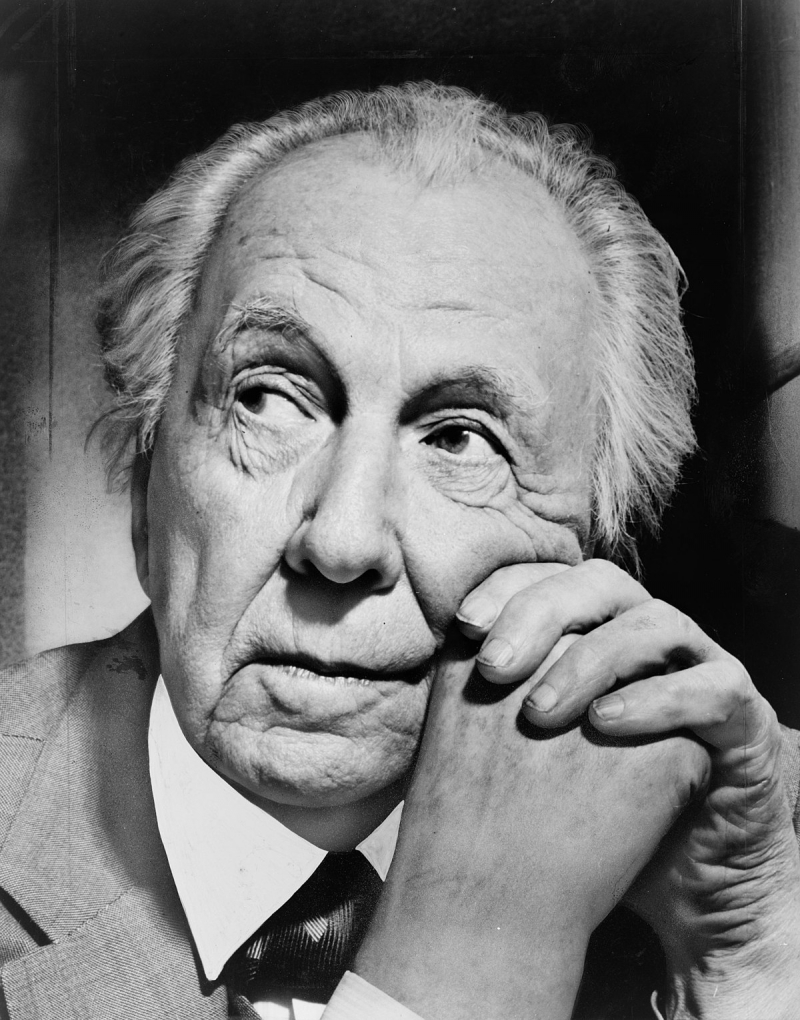
https://en.wikipedia.org/ 
https://vov.vn/ -
Ludwig Mies van der Rohe was a German-American architect who was born Maria Ludwig Michael Mies on March 27, 1886. He passed away on August 17, 1969. He was frequently referred to by his last name, Mies. He is considered as one of the founders of modernist architecture, with Alvar Aalto, Le Corbusier, Walter Gropius, and Frank Lloyd Wright. This is one of The Most Famous Architects You Need To Know.
German architect Mies Van der Rohe famously believed that "less is more," reducing architecture to its most basic geometric forms and paving the path for minimalism. He eliminated all decoration, relying instead on the inherent features of materials like steel and plate glass to define the appearance of his structures. This methodology was inspired by another credo—form equals function—that was upheld in the Dessau Bauhaus, where he was the final director until the Nazis shut it down.
His designs emphasized efficiency and rationalism as the path to beauty; The Barcelona Pavilion, constructed to host Germany's exhibit for the 1929 International Exposition in Barcelona, is an example of this approach. You can see in it that, despite going by the moniker Mies (by which he is best known), he wasn't opposed to wealth, as evidenced by the building's liberal use of marble, red onyx, and travertine. The Seagram's tower in New York by Mies may be the only structure to match the final masterpiece.Date of birth: March 27, 1886
Accomplishments: Barcelona Pavilion, 1929, Villa Tugendhat, 1930, Farnsworth House, 1951, Seagram Building, 1958.
Awards: Royal Gold Medal, Presidential Medal of Freedom, AIA Gold Medal, Twenty-five Year Award
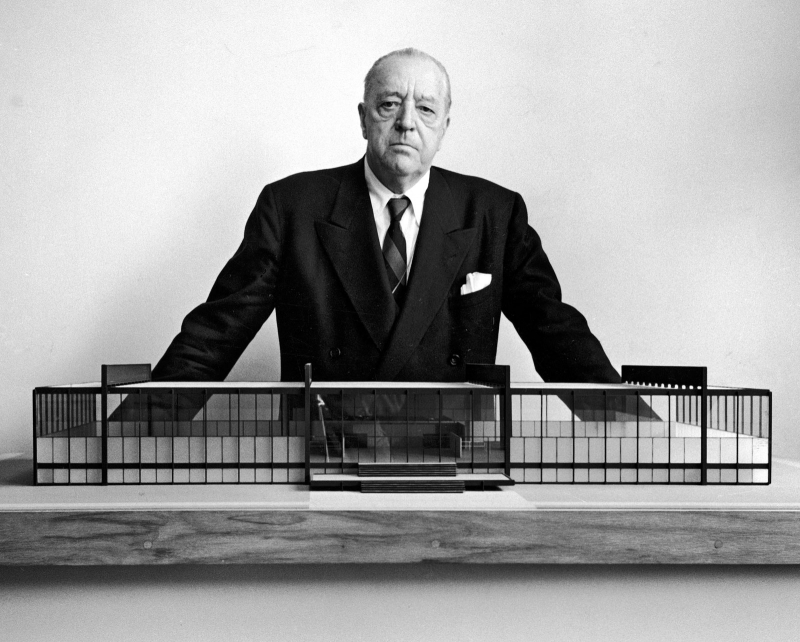
https://ashui.com/ 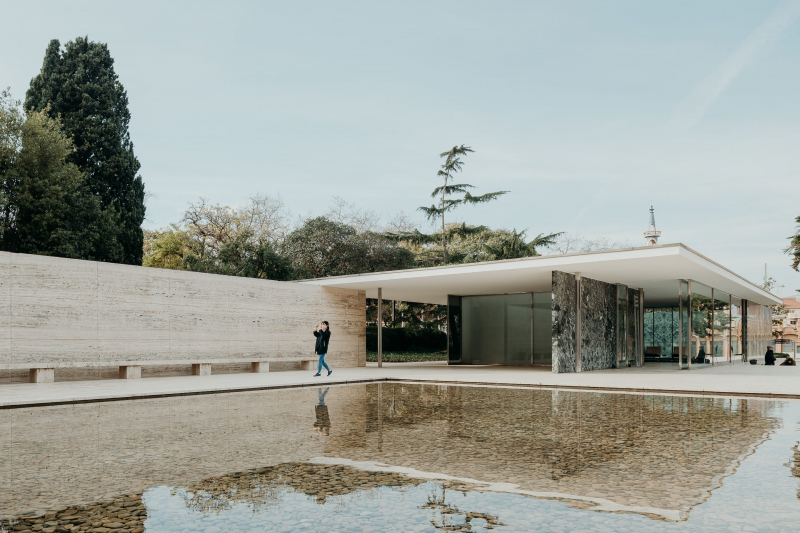
https://divisare.com/ -
American architect Philip Cortelyou Johnson (July 8, 1906 – January 25, 2005) is most recognized for his examples of modern and postmodern design. His modernist Glass House in New Canaan, Connecticut, the AT&T-designed postmodern 550 Madison Avenue in New York, 190 South La Salle Street in Chicago, the Sculpture Garden of the Museum of Modern Art, and the Pre-Columbian Pavilion at Dumbarton Oaks are some of his most well-known creations. The "New York Times" stated in its obituary of him from 2005 that his creations "were universally regarded as among the architectural wonders of the 20th century."
Johnson had a significant influence on the industry as the Department of Architect at MoMA's initial director, acting as a gatekeeper and influencing architectural trends starting in 1935. Although it's fair to argue that he was more of a refiner of other people's ideas than he was an innovator, he was nonetheless a designer in his own right.Nevertheless, his designs became recognizable in a few instances, most notably in the house he constructed for himself in 1949. The home is a condensed version of Mies Van der Rohe's philosophy; Johnson even said it was "more Mies than Mies." The Glass House is a translucent box placed amid beautifully landscaped gardens that blurs the lines between inside and out and public and private. Undoubtedly, a large portion of the architects for today's high-rise luxury developments were influenced by its extensive use of plate glass. Johnson's "Chippendale" skyscraper for AT&T (now privately owned), so named for its broken-pediment crown mimicking the top of a typical 18th-century high-boy, also rode the postmodern wave.
Date of birth: July 8, 1906
Accomplishments: Glass House, Seagram Building's 2 restaurants, 550 Madison Avenue, IDS Tower, PPG Place, Crystal Cathedral
Awards: Pritzker Architecture Prize, Twenty-five Year Award, AIA Gold Medal
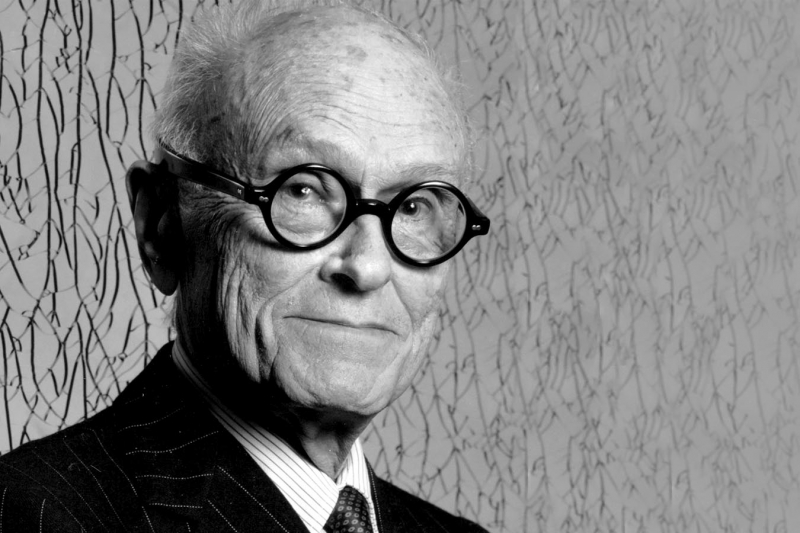
https://www.archisoup.com/ 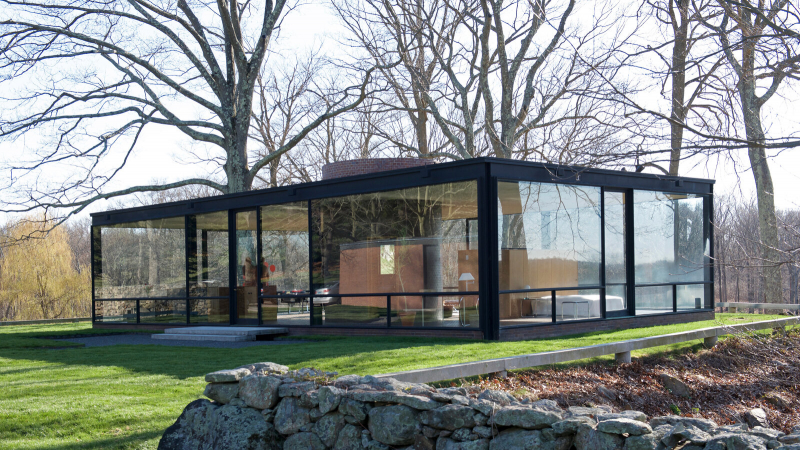
https://www.nytimes.com/ -
This is one of The Most Famous Architects You Need To Know. Finnish-American architect and industrial designer Eero Saarinen is renowned for his diverse range of designs for structures and monuments. Saarinen is most known for creating the Gateway Arch in St. Louis, Missouri, the TWA Flight Center in New York City, and the Washington Dulles International Airport west of Washington, D.C. He was Eliel Saarinen's (a Finnish architect) son.
The International Style, the preferred aesthetic for new corporate headquarters and governmental office buildings around the world, developed from the Bauhaus's emphasis on straight lines during the postwar period. Eero Saarinen's mid-century designs acted as a welcome corrective in this context because the modernist ideal of simplicity in essence turned into a kind of corporate conformity. Saarinen used swooping arcs in his architecture instead of the uniform box popularized by the International Style, particularly in the 1962 JFK terminal he designed for the now-defunct TWA airlines. Although its gull-wing roof and exhilarating interior still excite, Saarinen's characteristic of architecture taking flight can be seen in other of his works, such as his 1947 design for St. Louis's majestic Gateway Arch.
The Kresge Auditorium at MIT is among his most well-known thin-shell concrete constructions in the country. Another thin-shell building is Yale's Ingalls Rink, also known as "the whale," which has suspension cables attached to a single concrete backbone. His most well-known creation, the TWA Flight Center, is the result of his brilliant ability to articulate each building's ultimate function in a way that expresses its "style for the job."
Date of birth: August 20, 1910
Accomplishments: Gateway Arch, General Motors Technical Center, Washington Dulles International Airport, TWA Flight Center, Tulip chair
Awards: AIA Gold Medal
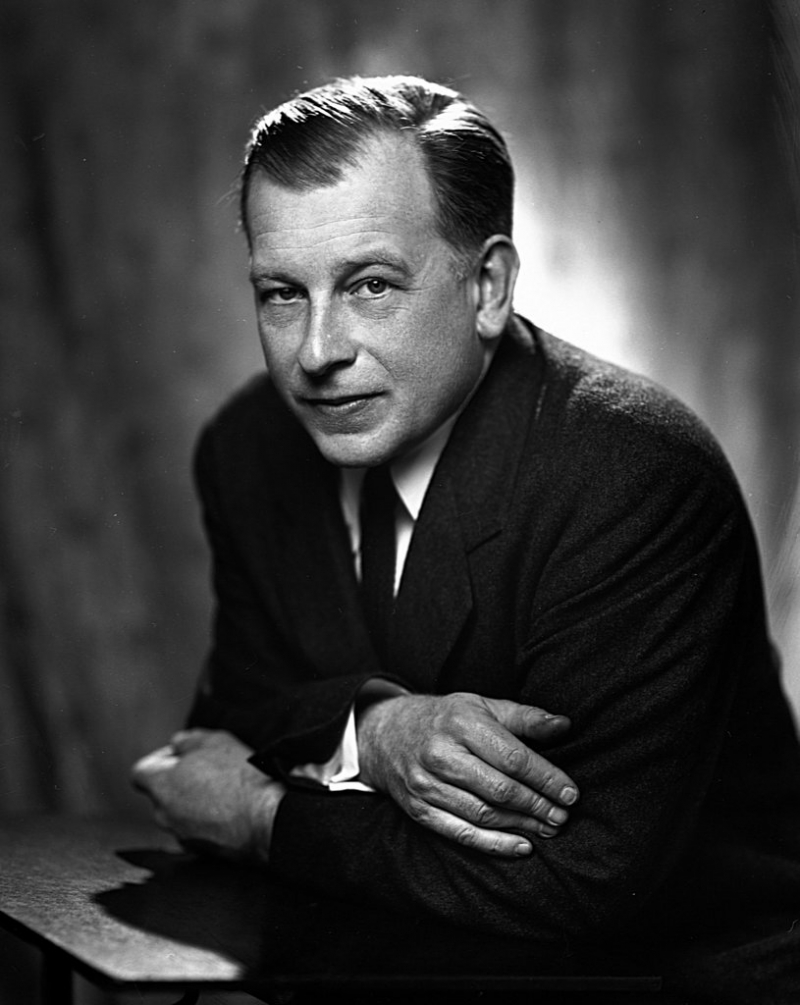
https://www.nytimes.com/ 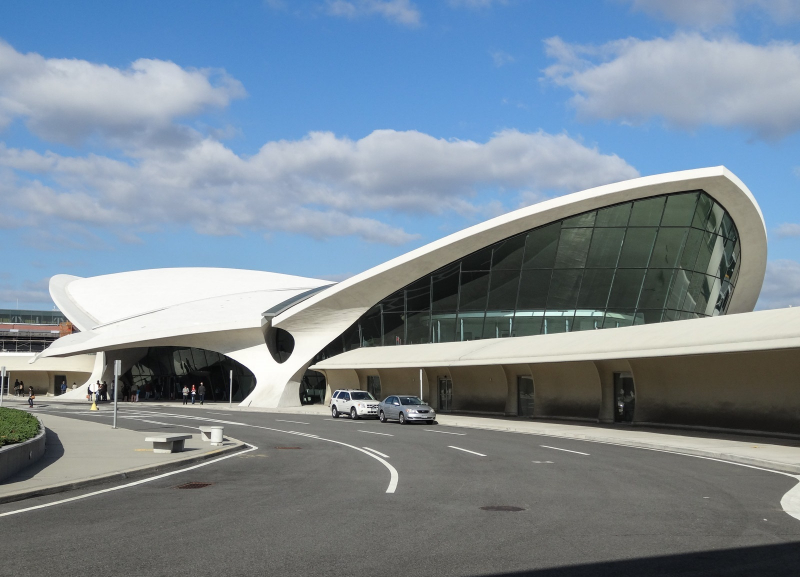
https://www.archdaily.com/ -
A British architect known for his modernist and functionalist ideas in high-tech architecture, Richard George Rogers, Baron Rogers of Riverside, CH, FRIBA, FCSD, FREng, RA (23 July 1933 – 18 December 2021) was a member of the Royal Architectural Institute. Up to June 2020, he served as a senior partner at Rogers Stirk Harbour + Partners, formerly the Richard Rogers Partnership.
The Pompidou Center in Paris, the Lloyd's building and Millennium Dome in London, the Senedd building in Cardiff, and the European Court of Human Rights building in Strasbourg are among Rogers' most well-known projects. He received the Thomas Jefferson Medal, RIBA Stirling Prize, Minerva Medal, and Pritzker Prize in addition to the RIBA Gold Medal.
The Pompidou Center was regarded as the pinnacle of a style at the time known as High Tech or Structural Expressionism when it initially debuted in 1977. Leading the charge for the movement was British architect Richard Rogers. The front of this project, which was created to serve as the main museum for modern and contemporary art in Paris, resembles the inside of a structure that is turning inside out. It also has an outdoor escalator that is sealed in glass and climbs the height of the building. The Lloyd's of London headquarters, another of Rogers' iconic structures, followed a similar design strategy.
Date of birth: 23 July 1933
Accomplishments: Centre Georges Pompidou, Lloyd's building (Grade I), Millennium Dome,...
Awards: RIBA Gold Medal (1985), Knight Bachelor (1991), Thomas Jefferson Medal (1999)
https://www.bbc.com/ 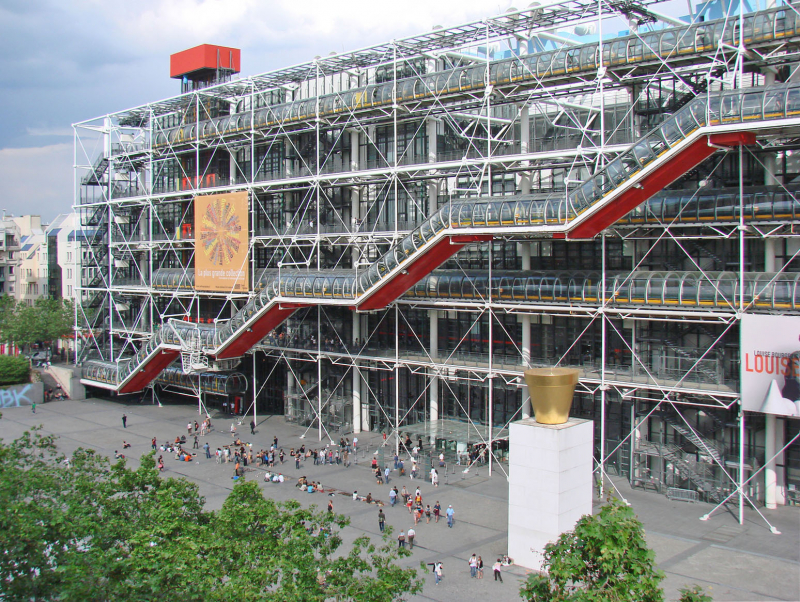
https://www.archdaily.com/ -
American architect and designer Frank Owen Gehry (/ri/; born Goldberg; born February 28, 1929) is of Canadian descent. Many of his structures, particularly his private home in Santa Monica, California, have gained international notoriety as tourist destinations. This is one of The Most Famous Architects You Need To Know.
According to the 2010 World Architecture Survey, his creations rank among the most significant examples of modern architecture, earning him the title "the most important architect of our time" by Vanity Fair. The National Dwight D. Eisenhower Memorial was also created by him.
Thanks to his 1997 design for the Guggenheim Museum branch in Bilbao, Spain, this West Coast architect is unquestionably the most well-known in the world at the moment. The Guggenheim Bilbao is the best example of a style Gehry has used for numerous commissions, including Disney Hall in Los Angeles and the MIT Stata Center in Cambridge, Massachusetts. Gehry was already well-known in his field as the auteur of billowing forms that appear to defy gravity and the logic of conventional construction methods, but The Guggenheim Bilbao is still the best example. The Guggenheim Bilbao's titanium exterior evokes the image of a huge ship moored by the Nervión River. The largest city in the Basque Country, which serves as the building's host, is likewise credited with turning around its fortunes.
Date of birth: February 28, 1929
Accomplishments: Park West Apartments, Ronald Davis Studio & Residence, Gehry Residence,...
Awards: Paez Medal of Art, AIA Gold Medal, National Medal of Arts,...
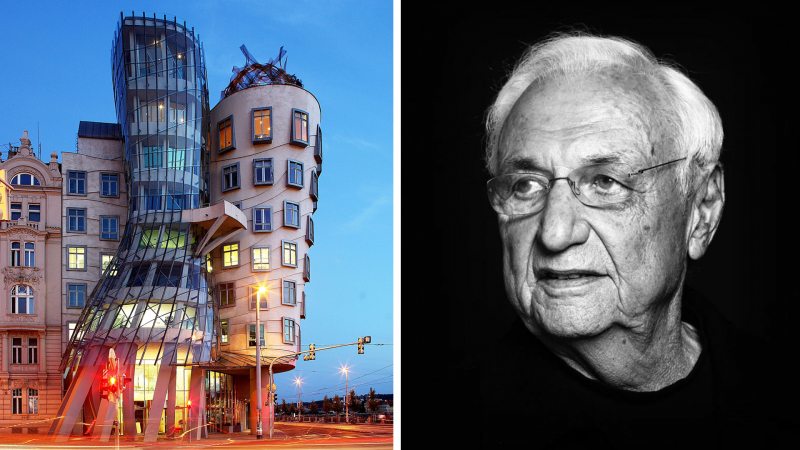
https://www.stirworld.com/ 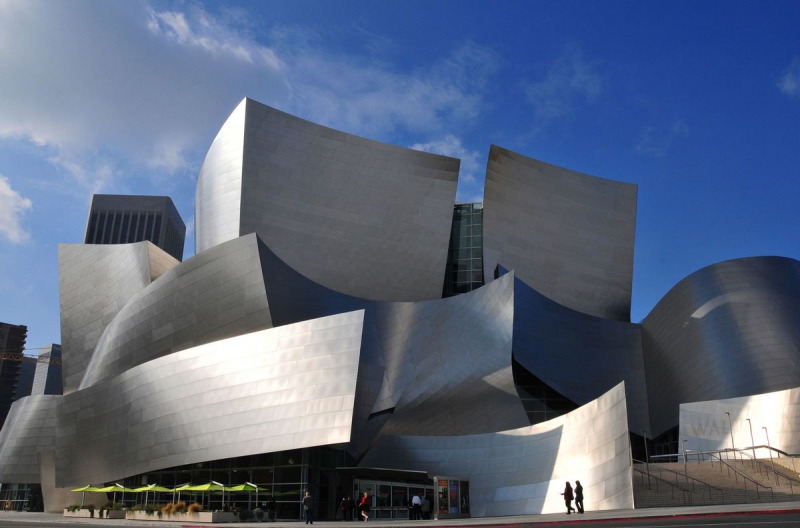
https://www.bloomberg.com/ -
An English architect and designer by the name of Norman Robert Foster, Baron Foster of Thames Bank, OM, Kt, RA, HonFREng (born 1 June 1935). Foster is regarded as a major player in British modernist architecture and is closely tied with the development of high-tech architecture. His architectural firm, Foster + Partners, was first established in 1967 as Foster Associates and now has offices all around the world. The Norman Foster Foundation was founded to "encourage interdisciplinary thinking and research to empower new generations of architects, designers, and urbanists to predict the future," and he serves as its president. The foundation was established in June 2017 and has offices all around the world. It is based in Madrid.
English architect and designer Norman Robert Foster, Baron Foster of Thames Bank (born 1 June 1935), OM, Kt, RA, HonFREng. Foster is recognized as a prominent player in British modernist architecture and has a close connection to the development of high-tech architecture. His architectural firm, Foster + Partners, which was originally established in 1967 as Foster Associates, is the biggest in the United Kingdom and has locations all over the world. His position as president of the Norman Foster Foundation was given to him with the mission to "encourage interdisciplinary thought and research to empower new generations of architects, designers, and urbanists to anticipate the future." The Madrid-based organization began operations in June 2017 and serves the entire world.
Date of birth: 1 June 1935
Accomplishments: Apple Park, 30 St Mary Axe, Willis Faber and Dumas Headquarters, Wembley Stadium, HSBC Main Building, Reichstag building
Awards: Stirling Prize, Pritzker Architecture Prize, Minerva medal, Prince of Asturias Award, HonFREng, Mérite Européen Gold Medal, AIA Gold Medal, ...
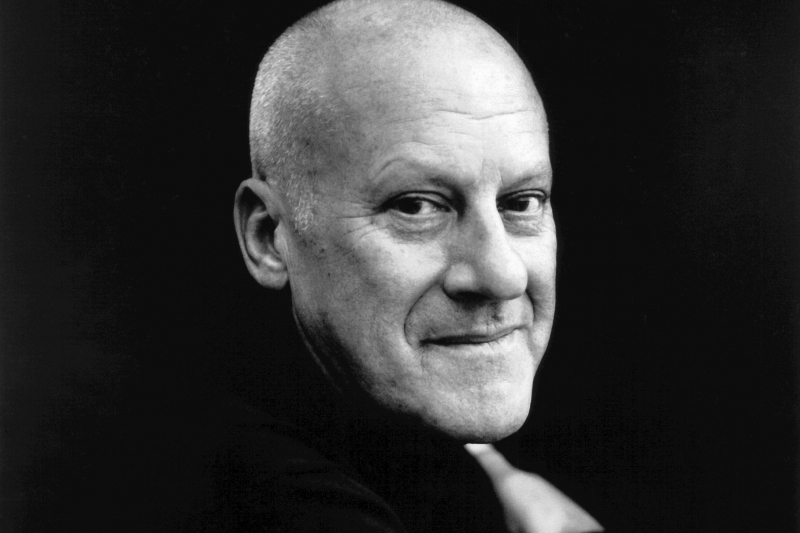
https://www.walterknoll.de/ 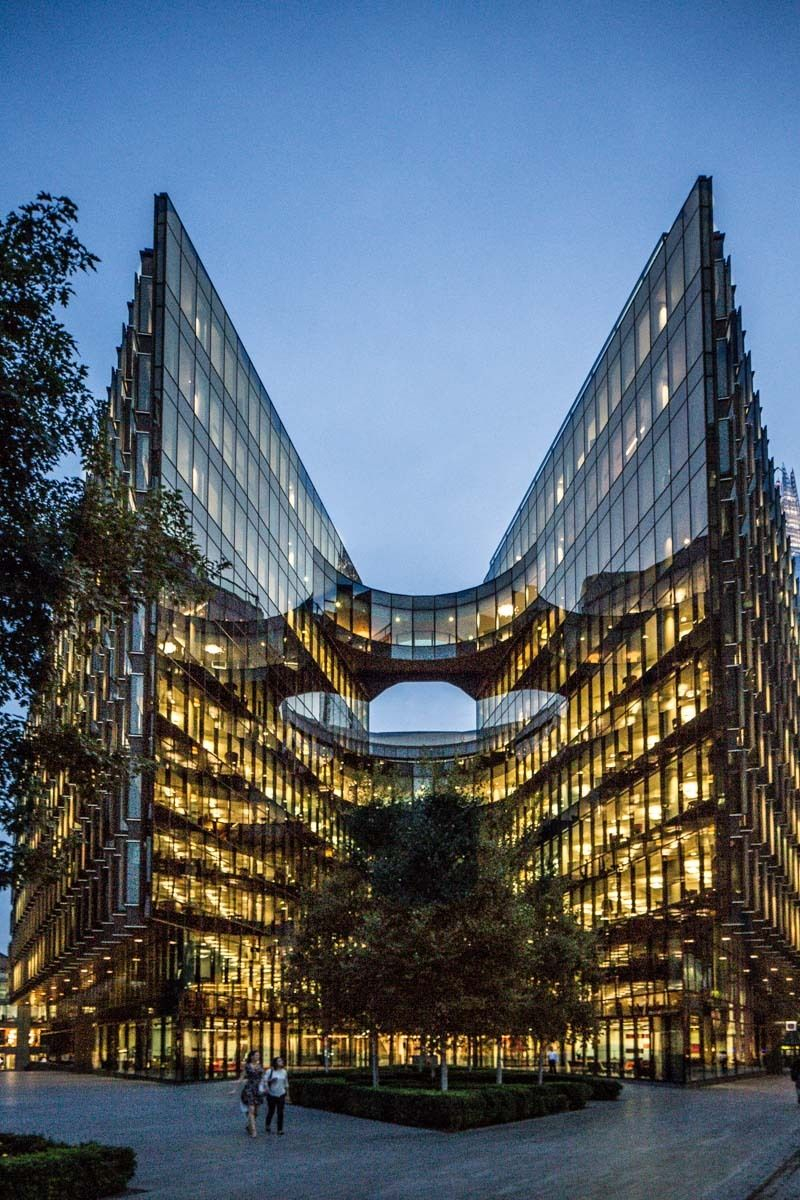
https://www.pinterest.com/ -
The architect from Italy is Renzo Piano, OMRI, OMCA. His major structures include the Whitney Museum of American Art in New York City (2015), The Shard in London (2012), the Centre Georges Pompidou in Paris (1977; with Richard Rogers), and the Stavros Niarchos Foundation Cultural Center in Athens (2016). In 1998, he was awarded the Pritzker Architecture Prize.
Piano extended his horizons and developed his technical talents while working in two huge multinational enterprises, for the Polish engineer Zygmunt Stanisaw Makowski in London and the modernist architect Louis Kahn in Philadelphia. Piano taught at the Polytechnic University from 1965 to 1968. In 1968, he finished his first structure, the IPE plant in Genoa, which had a steel and reinforced polyester roof. That same year, he also developed a continuous membrane for covering a pavilion during the Milan Triennale. He was given his first international commission in 1970 for the Italian Industry Pavilion at Expo 70 in Osaka, Japan. In order to produce the structure, he worked alongside his brother Ermanno and the family business. It appeared to be both artistic and industrial at the same time because it was made of steel and reinforced polyester, making it lightweight and unique.
Renzo Piano, an Italian architect, isn't known for having a distinct style like the other architects on this list are. Instead, his buildings have been eclectic, from the Neo-Brutalism of his design for the Whitney Museum's residence in the Meatpacking District to the elegant, light-filled Menil Collection in Houston, Texas, which resembles an encroached version of a mid-century home by West Coast modernist Richard Neutra. His work does, however, frequently have an industrial or technological aesthetic. His tallest structure to date is The Shard in London, a steeply tapering 95-story glass and steel skyscraper that has become to be his most well-known design.
Date of birth: 14 September 1937
Accomplishments: Kansai International Airport, Centre Georges Pompidou, Parco della Musica, Shard London Bridge, The New York Times Building, Whitney Museum of American Art, Los Angeles County Museum of Art
Awards: Pritzker Architecture Prize, RIBA Gold Medal, Sonning Prize, AIA Gold Medal, Kyoto Prize, Senator for life in Italy
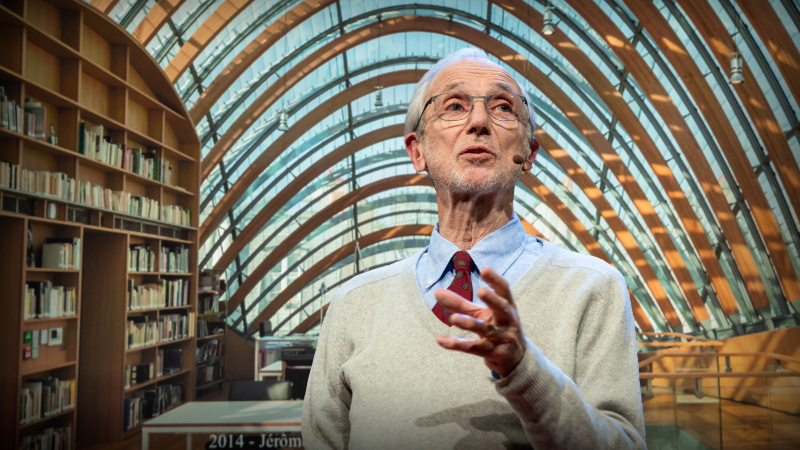
https://www.ted.com/ 
https://www.floornature.com/ -
Santiago Calatrava Valls is a Spanish architect, structural engineer, sculptor, and painter. He is most known for his single-leaning pylon bridges, as well as his sculptural designs for museums, stadiums, and train stations, many of which have the appearance of living things. The Olympic Sports Complex in Athens, the Milwaukee Art Museum, the Turning Torso tower in Malmö, Sweden, the World Trade Center Transportation Hub in New York City, the Auditorio de Tenerife in Santa Cruz de Tenerife, the Margaret Hunt Hill Bridge in Dallas, Texas, and his largest project, the City of Arts and Sciences and Opera House in Valencia, where he was born, are some of his most well-known creations. His architecture company has locations in Zürich, Doha, and New York City. This is one of The Most Famous Architects You Need To Know.
Although sci-fi baroque may be a better way to define the work of this Spanish architect, it has been called neofuturist. If such things existed, his structures frequently resemble the ribcages of prehistoric robotic dinosaurs. His initiatives undoubtedly grabbed attention from around the world—and developed a reputation for significant cost overruns.
Calatrava is undoubtedly one of the most distinctive architects now at work, as seen by his most well-known design, the Transit Hub for the World Trade Center. The Transit Hub is a vision in white, with an interior highlighted by a glass occulus that lets light enter its main hall despite years of delays and growing costs. It so happens that Calatrava also designed a Greek Orthodox chapel to replace one that was devastated in the 9-11 attacks. It is also covered in white, and it takes its shape from Istanbul's renowned Hagia Sofia.
Date of birth: 28 July 1951
Accomplishments: Zürich Stadelhofen railway station, The Bac de Roda Bridge, Lusitania Bridge,...
Awards: European Prize for Architecture, AIA Gold Medal, IStructE Gold Medal, Eugene McDermott Award, Prince of Asturias Award, Auguste Perret Prize
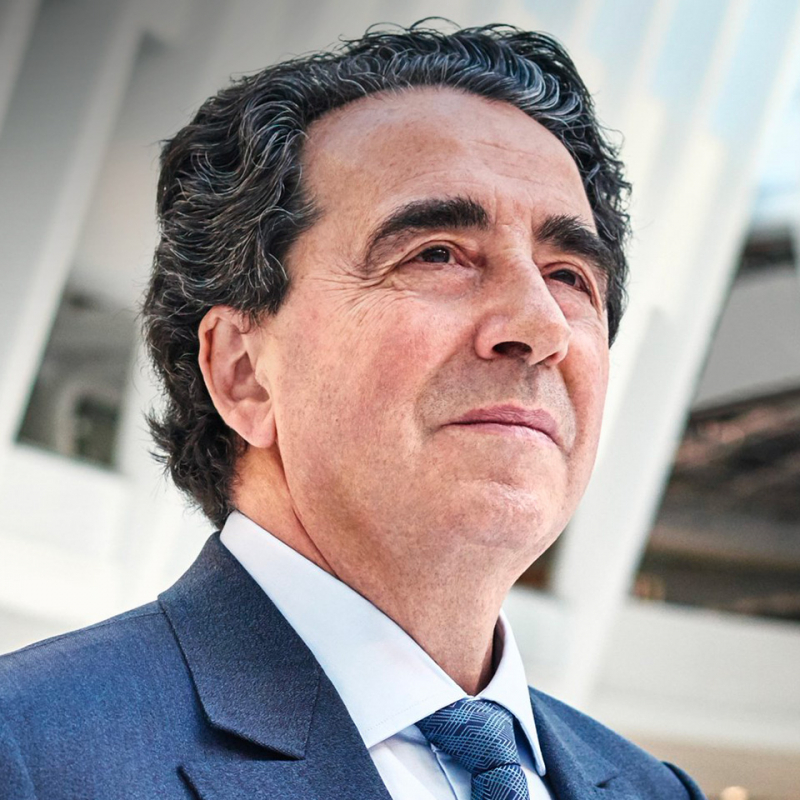
https://www.artemide.com/ 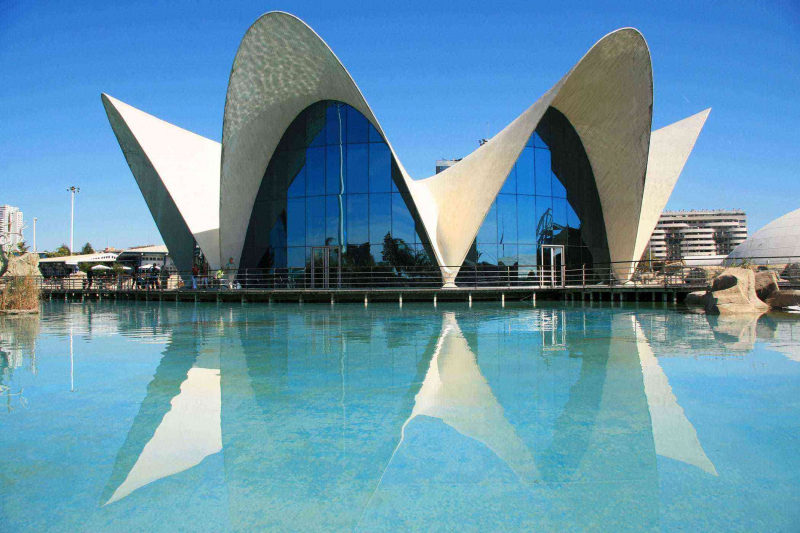
https://www.fodors.com/ -
An important force in 20th- and 21st-century architecture, Dame Zaha Mohammad Hadid DBE RA was a British-Iraqi architect, artist, and designer. This is one of The Most Famous Architects You Need To Know. Hadid, who was raised in Baghdad, Iraq, completed her undergraduate work in mathematics before enrolling in the Architectural Association School of Architecture in 1972. Hadid, inspired by Suprematism and the Russian avant-garde and seeking an alternative to traditional architectural drawing, used painting as a design tool and abstraction as a guiding principle to "reinvestigate the aborted and untested experiments of Modernism [...] to unveil new fields of building."
Zaha Hadid was one of the few women to achieve the status of starchitect and the first person to ever win the Pritzker Prize, architecture's equivalent of the Oscar. She was noted for her futuristic designs that used sweeping, curving shapes more appropriate for UFOs than structures. Born into a wealthy Iraqi family in Bagdad and educated in the UK (where the Queen would later bestow the title of "Dame," the feminine form of address for a knighthood), Hadid defied convention by forgoing the linear geometry typically used by architects in favor of an Expressionistic aesthetic that frequently seemed to allude to the female form—though not on purpose, according to Hadid herself: She brushed off the comparison of her stadium design in Qatar to a vagina as "embarrassing" and "stupid." Despite her enormous construction work throughout the world, she only has one completed project—a luxurious condo in Chelsea—in New York City.In 2004, Hadid became the first female recipient of the Pritzker Architecture Prize. She was given the Stirling Prize, the most prestigious architectural honor in the UK, in 2010 and 2011. Elizabeth II made her a Dame in 2012 for her contributions to architecture, and she received the Royal Gold Medal from the Royal Institute of British Architects in February 2016, the month before she passed away. Ray Eames and Sheila O'Donnell had previously received it jointly with Charles Eames and John Tuomey, respectively.
Date of birth: 31 October 1950
Accomplishments: Vitra Fire Station, MAXXI, Bridge Pavilion, Contemporary Arts Center, Heydar Aliyev Center, Riverside Museum
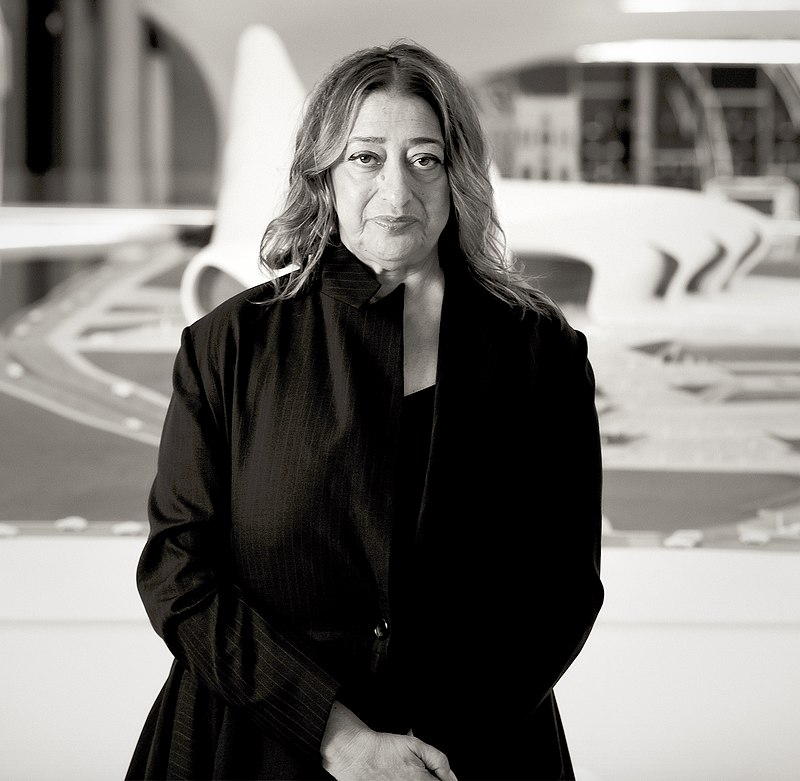
https://en.wikipedia.org/ 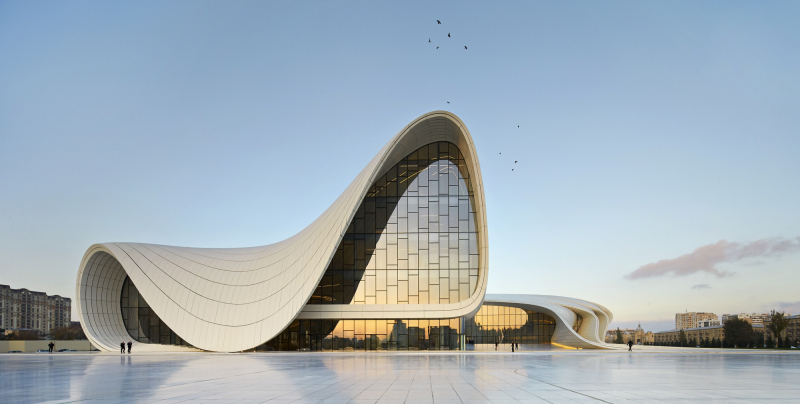
https://www.archdaily.com/ -
Oscar Ribeiro de Almeida Niemeyer Soares Filho (December 15, 1907 – December 5, 2012), known as Oscar Niemeyer is regarded as one of the main figures in the creation of modern architecture. The civic structures he created for Brasilia, a planned city that became the capital of Brazil in 1960, and the United Nations headquarters in New York among Niemeyer's most well-known works. In the latter half of the 20th and the beginning of the 21st centuries, his investigation into the aesthetic potential of reinforced concrete had a significant impact.
Niemeyer was praised as a great artist and one of the best architects of his generation, but he was also accused for being a "sculptor of monuments." He acknowledged that Le Corbusier had a significant effect on his work, but insisted in an interview that this "didn't preclude his architecture from heading in a different direction."
The development of midcentury modernist design was significantly influenced by the Brazilian architect Oscar Niemeyer. At a time when the boxy International Style predominated and Mies Van der Rohe's maxim that "less is more" was the guiding principle of the architectural world, Niemeyer used strong curving forms in a way that anticipated the work of Frank Gehry and Zaha Hadid. Although Niemeyer was a member of the design team for the United Nations Building in New York City, it is safe to say that his most well-known and ambitious work was the civic structures for Brasilia, the planned city that has been Brazil's capital since 1960.Date of birth: December 15, 1907
Accomplishments: Palácio do Planalto, Palácio da Alvorada, Palácio do Jaburu, Itamaraty Palace, Cathedral of Brasília,....
Awards: 1963 Lenin Peace Prize, 1988 Pritzker Prize, 1989 Prince of Asturias Awards,1998 RIBA Royal Gold Medal, 2004 Praemium Imperiale,....
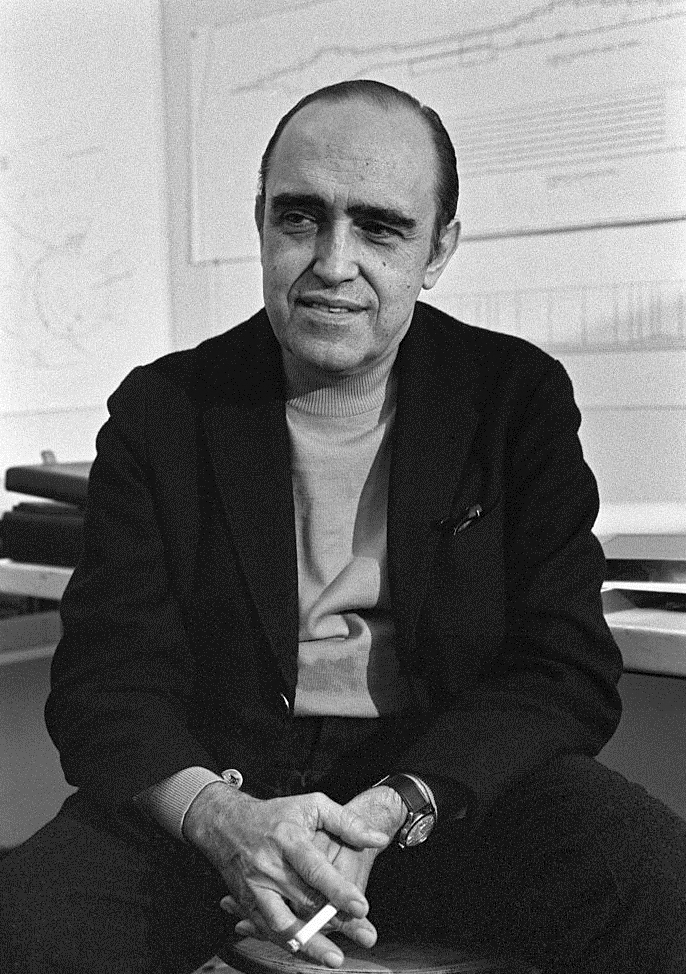
https://en.wikipedia.org/ 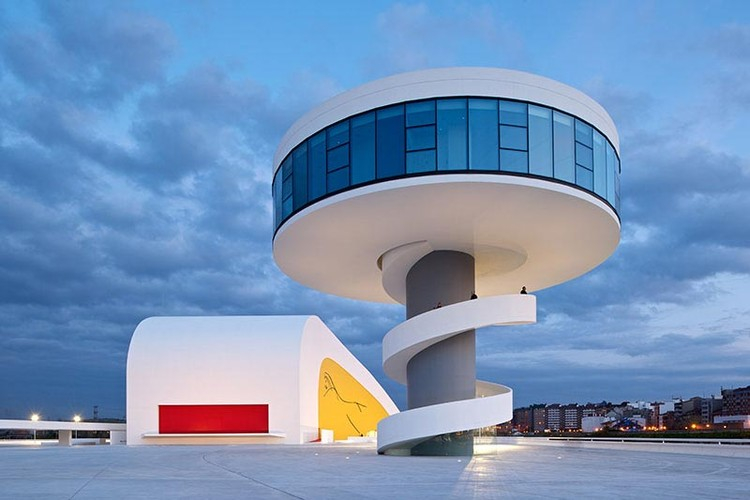
https://www.archdaily.com/ -
Dutch architect, urbanist, and professor of practice for architecture and urban design at Harvard University's Graduate School of Design is Remment Lucas Koolhaas. He is the author of Delirious New York: A Retroactive Manifesto for Manhattan and frequently mentioned as a representative of deconstructionism. This is one of The Most Famous Architects You Need To Know.
Rem Koolhas, a Rotterdam native who was born in 1945, is regarded as one of his generation's most important architects, both as a theory of architecture and as a designer of buildings. He initially gained notoriety when his book Delirious New York, an ode to the city and its crucial role in influencing the 20th century both economically and culturally, was published in 1978. In terms of construction, he is most known for the enormous Central China Television Headquarters in Beijing, China, a 44-story möbius-strip-like edifice that the locals call "giant boxer shorts" because it looks to loop in on itself. Others view him as a self-important iconoclast, while others regard him as one of the truly major architectural theorists and urbanists of his period.
Rem Koolhaas earned the Pritzker Prize in 2000. He was listed among the top 100 most influential people in the world by Time in 2008. In 2014, he was chosen for membership in the American Philosophical Society.Date of birth: 17 November 1944
Accomplishments: Casa da Música in Porto, De Rotterdam, Seattle Central Library, Netherlands Embassy Berlin, China Central Television
Awards: Pritzker Prize (2000), Praemium Imperiale (2003), Royal Gold Medal (2004), Leone d'oro alla carriera (2010), Rolf Schock Prize (2022)
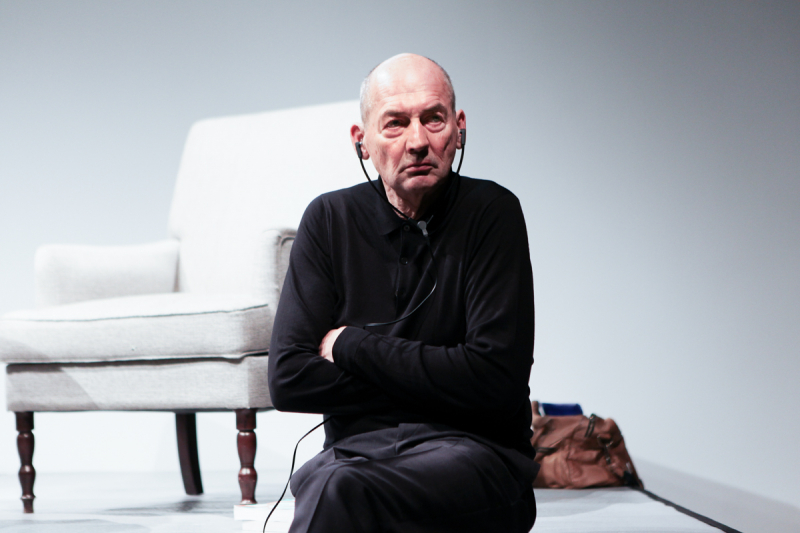
https://en.wikipedia.org/ 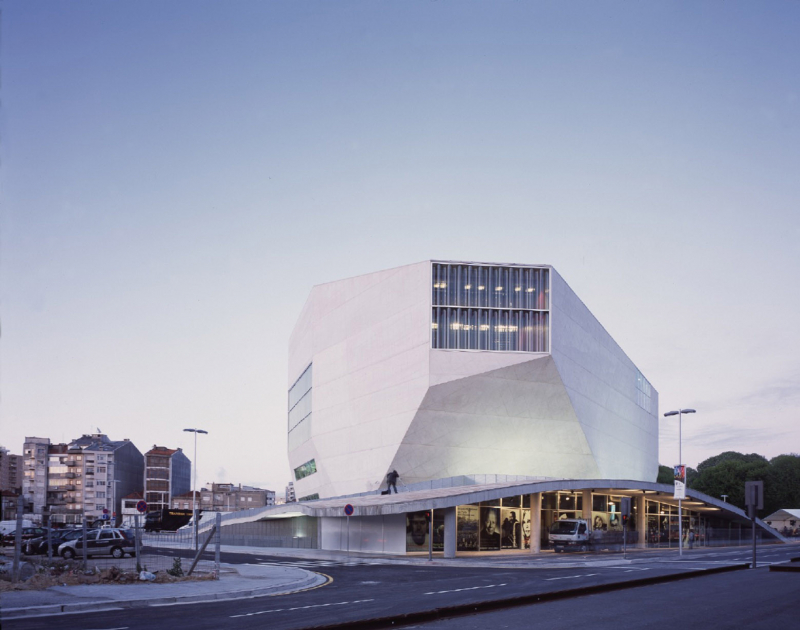
https://www.archdaily.com/ -
Jeanne Gang, an American architect, was born on March 19, 1964. She founded and serves as the principal of Studio Gang, an architecture and urban design firm with locations in Chicago, New York, and San Francisco. Jean Gang stands noteworthy as one of the few female architects to have won significant mandates in a field dominated by men.
The 82-story residential skyscraper Acqua in downtown Chicago and the 93-story Vista Tower, both in Chicago, are the two tallest buildings in the world that were built by women. Gang received her first significant recognition for the Aqua Tower. Both buildings have inventive facades that substitute syncopated patterns of undulating or irregular shapes for the conventional right-angled grid (as do Gang's other designs, such her design for a dormitory at the University of Chicago).
Reverse Effect: Renewing Chicago's Waterways (2011), which envisions a greener future for the Chicago River, and Reveal (2011), the first publication on the work and process of the Studio, are the two books that Gang has written. In 2012, she collaborated on the publication of the Art Institute of Chicago exhibition Building: Inside Studio Gang Architects.Date of birth: March 19, 1964
Accomplishments: Aqua, St. Regis Chicago, WMS Boathouse at Clark Park, 40 Tenth Avenue, One Hundred
Awards: 2017 Louis I. Kahn Memorial Award (Philadelphia Center for Architecture), 2013 National Design Award (Cooper Hewitt, Smithsonian Design Museum), 2011 MacArthur Fellow

https://en.wikipedia.org/ 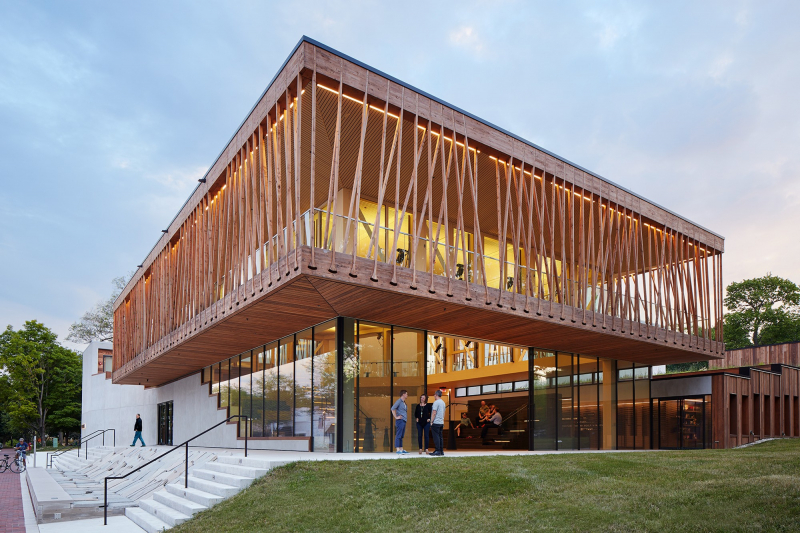
https://www.architecture.org/ -
Daniel Hudson Burnham was an American architect and urban planner who lived from September 4, 1846, to June 1, 1912. He may have been "the most accomplished power broker the American architectural profession has ever produced" and a supporter of the Beaux-Arts movement.
He was chosen to serve as Director of Works at the 1892–1893 World's Columbian Exposition, also known as "The White City," since he was a successful Chicago architect. He played a significant part in the formulation of master plans for the growth of several cities, including the Plan of Chicago, plans for Manila, Baguio, and the heart of Washington, D.C. He also created a number of well-known structures, such as prominent skyscrapers in Chicago, the triangular Flatiron Building in New York City, Union Station in Washington, D.C., the Selfridges department store in London, and the Merchants Exchange in San Francisco.
A Gilded Age architect named Daniel Burnham collaborated with John Wellborn Root to construct the 130-foot-tall Montauk Building in Chicago, which is credited as the first skyscraper. The taller New York City Flatiron Building is where Burnham is best known. He is also recognized for supervising the planning and building of the fantasy fair known in folklore as The White City, the World's Columbian Exposition in Chicago in 1893.Date of birth: September 4, 1846
Accomplishments: Reliance Building, Flatiron Building, Union Station (Washington, D.C.), Ellicott Square Building
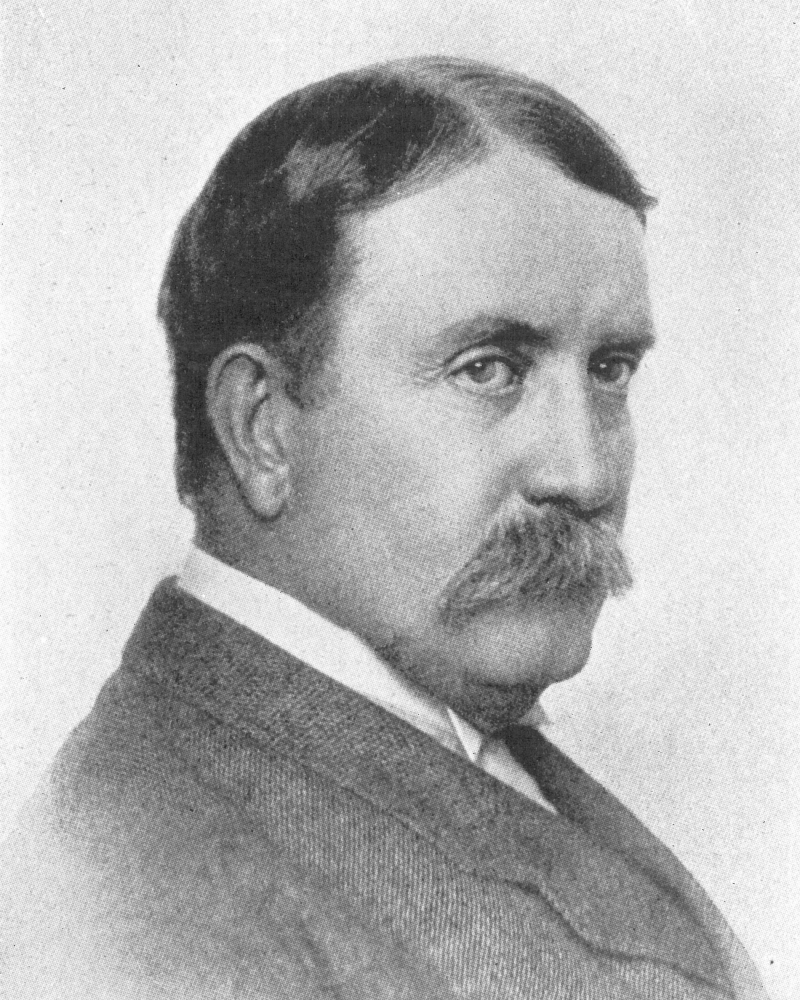
https://www.architecture.org/ 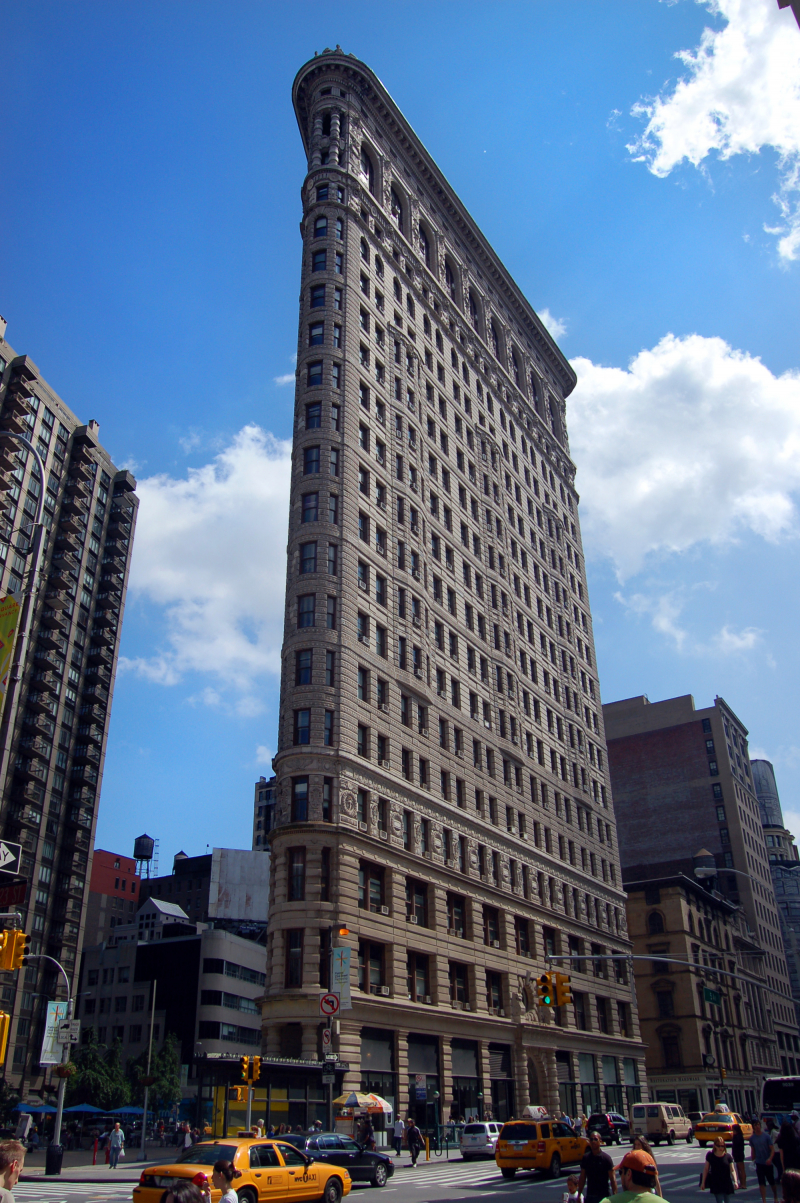
https://www.archdaily.com/




















